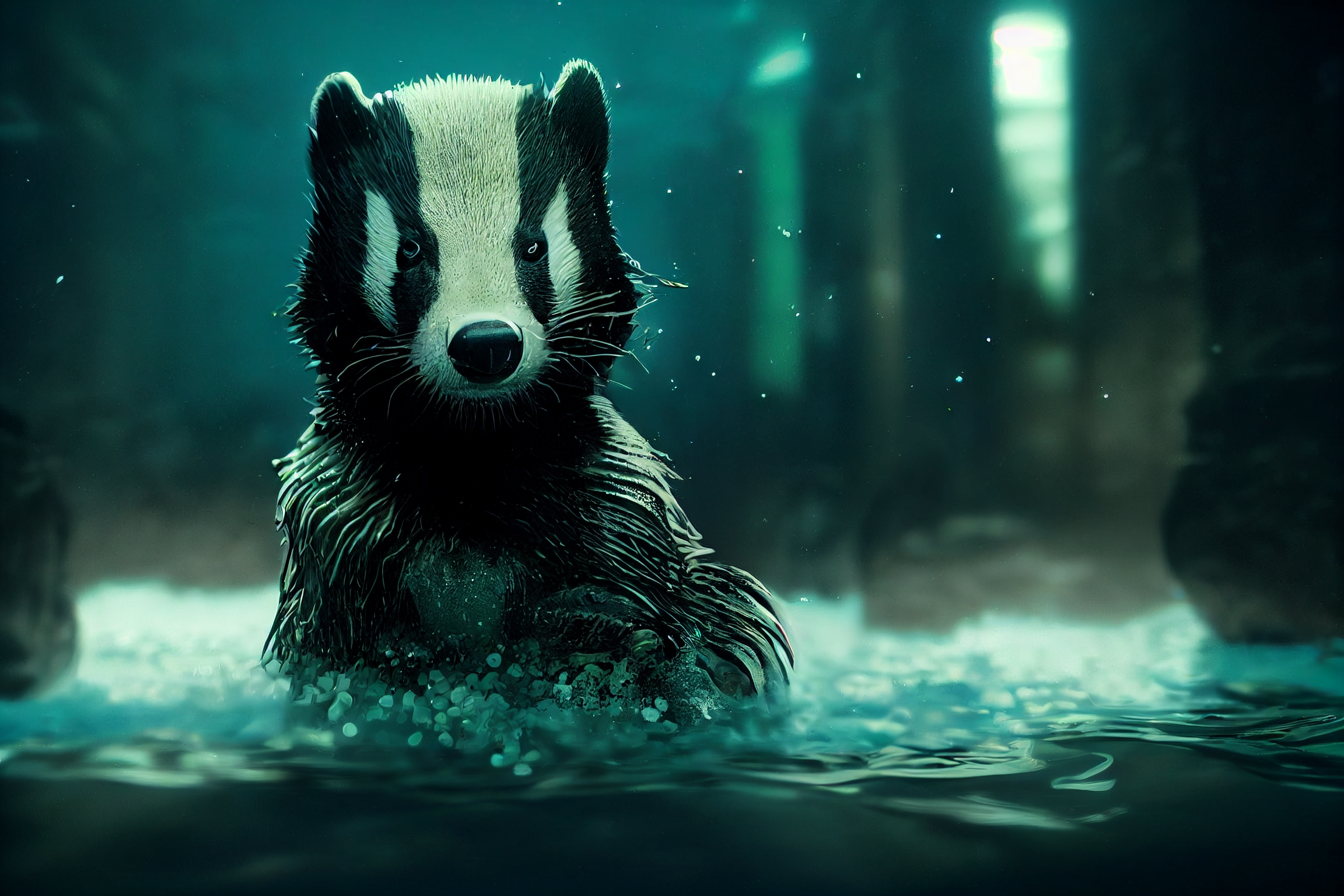Emerald Sloth
"This is a continuing series, students. Open your books to page 276, we will be looking at the ecology of the strangest mammal in all of Arnd. Unlike its relative the Great Sloth, the Emerald Sloth is partially aquatic, building nets and traps in clear, shallow freshwater streams. Now, students, those of you who read ahead, who can tell me what's remarquable about that?" Pause. "Yes, Mandrin?" "They don't need to breathe?" "That's' not quite true, they are breathing... breathing in carbon dioxide for photosynthesis, or sometimes just holding their breath, full of carbon dioxide, until their second circulatory system kicks into high gear, circulating it just under their skin for photosynthesis, producing oxygen that they recirculate throughout their bodies. It is true that they cannot conventionally drown nor starve unless they are deprived of sunlight or kept away from water. Now, unlike conventional plants, they cannot do this on land, something about their circulation system only engages when under submerged in water. Theorists submit it's possibly pressure-related. Yes, Mandrin?" "So they can't starve or drown underwater?" "No, but apparently they need nutrients they cannot produce themselves, while underwater, and will travel over wide areas, gathering berries, nuts, twigs, insect larva and other arthropods, and even the odd egg."Clever, amphibious, industrious, but also capable of photosynthesis, the Emerald Sloth is a mystery.
Despite having an energy budget quite above that of other animals, Emerald Sloths are incapable of starvation unless kept in the dark.
The evolution pressure that caused the only photosynthesising mammal is not quite understood, and one of the elements is suspected to be involved, for not only are Emerald Sloths quite capable, they are also highly intelligent, weaving nets of woven grasses to catch small aquatic insect larvae, which they view as a delicacy.
Basic Information
Anatomy
Just under a meter in length, with 1.4m armspan, 8cm long claws at the end of equally long fingers, an emerald sloth is a fearsome sight. Their green colouring also makes them apt at camouflaging their bodies, especially during the season of rearing the young.
Ecology and Habitats
Most temperate(wet) forests, they follow freshwater streams, but live on the shores. A famous colony exists on the Island of Tenebia, in the Eutebia Archipelago..
Dietary Needs and Habits
It eats almost anything smaller than an almond, flesh or plant. Minnows, insect larvae, small bird and fish eggs are all fair game. It is also capable of photosynthesis when submerged in water, and will do so while working on its elaborate nets and traps.
Conservation Status
Least Concern, few predators will face an enraged sloth, additionally the taste of chlorophyll is not commonly popular with carnivores.
Geographic Distribution



This is a really creative species. I love the idea of animals that use photosynthesis. Having conversations as if in school also add a unique touch.
Adazuri: A shonen-inspired magitech fantasy world home-brewed for 5e.